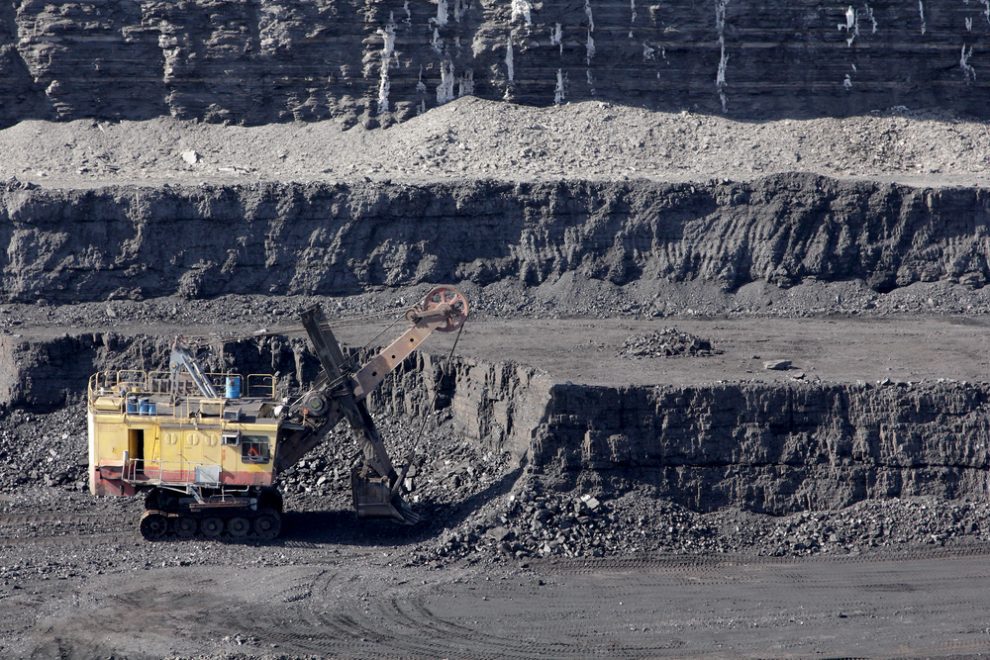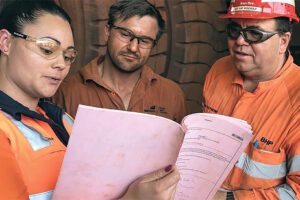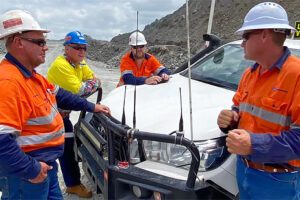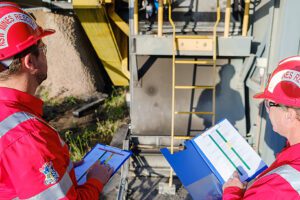by Mathew Deighton, Alice Blackburn, Jasmine Zamprogno|
IN BRIEF – Parties to Land Court proceedings should familiarise themselves with the new Practice Directions, as they both will have implications for miners and explorers that find themselves in dispute with landholders
Understanding the Land Court of Queensland’s procedures is important for miners and explorers, when it comes to dealing with objections by landholders, seeking access to carry out exploratory activities and resolving compensation claims.
On 30 April 2018, the Land Court of Queensland released two new Practice Directions:
- Procedure for Court Managed Expert Evidence (No. 3 of 2018); and
- Procedure for Mining Objection Hearings (No. 4 of 2018)
This update provides a guide on how these new Practice Directions operate, and what parties should expect when appearing before the Land Court.
The role of the Court Managed Expert Evidence Convenor
It common for Land Court proceedings to turn on the findings of experts. Given that the stakes can be high in Land Court matters parties tend to brief experts that have a reputation for supporting a particular party’s point of view, which places the court in the difficult position of having to listen to lengthy evidence and cross-examination of expert witnesses.
The introduction of Practice Direction No. 3 of 2018 is intended to overcome this phenomenon by encouraging the production of a joint report by the parties’ experts. Practice Direction No. 3 of 2018 introduces:
- a Court Managed Expert Evidence Convenor (CMEE Convenor), with power to conduct case conferences in order to facilitate the production of a joint expert report; and
- a Land Court-managed expert evidence program, which is overseen by the CMEE Convenor.
The joint expert process is intended to be as follows:
- the Land Court appoints a CMEE Convenor;
- the CMEE convenes a case management conference to assist parties in identifying the key issues that require expert evidence;
- the nominated expert witnesses meet separately to discuss these issues; and
- a joint expert report is submitted.
While the appropriateness of the appointment of a CMEE Convenor is assessed on a case-by-case basis, the factors the Court will take into consideration include:
- if parties have nominated multiple experts
- whether the issues for the experts to consider are complex
- if there is a case history of non-compliance with the Land Court Rules 2000 or with directions made by the court about expert evidence
Under the new practice direction, meetings of experts may be chaired by the CMEE Convenor. Parties are required to ensure their expert is ready to take part “fully, properly and promptly” in a meeting, which includes giving the expert a copy of the Practice Direction and a brief.
Following the meeting, the experts must prepare a joint report for the Court.
In our view, provided that parties (and their experts) act in good faith, the Practice Direction has the potential to narrow the issues in dispute prior to a hearing, which may encourage parties to resolve their dispute at an earlier juncture in the proceedings.
Practice Direction No. 4 2018 establishes procedures for mining objection hearings
This Practice Direction provides a procedure by which those who object to an application for a mining claim or lease can have their objection heard, without disrupting the process of the original application.
By way of summary, Practice Direction No. 4 of 2018 establishes procedures for dealing with an objection to:
- a mining claim;
- a mining lease; or
- an environmental authority relating to a mining lease.
It is important to note that:
- A mining objection hearing (MOH) is not an appeal, nor is it a judicial ruling on the primary application – it will form part of the overall decision-making process for the original application.
- In a MOH, the Land Court is not bound by the rules of evidence, and no party bears the onus of proof.
- A MOH concludes with the Member presiding over the hearing giving judgment on the objection, before the original proceeding continues.
Commencing a mining objection hearing
A MOH commences when the either the Department of Natural Resources, Mines and Energy or the Department of Environment and Science (the referring agency) refers the application and any objection to the Land Court for hearing.
Who can be involved in a mining objection hearing?
Those involved in a MOH are called ‘active parties’, and include:
- the applicant of the mining lease or claim and/or environmental authority;
- the Department of Environment and Science (who is also known as the statutory party); and
- any objector who elects to be an active party.
What happens during a mining objection hearing?
The Court will use case management directions to prepare a MOH for hearing. If expert evidence will be used, the Court will consider listing the MOH for Court Managed Expert Evidence, as above.
The Court will set dates for the hearing as soon as practicable, and will list a MOH for a review at least one month prior to the first day of the hearing.
In the usual course, a MOH will commence with a site inspection. Evidence will then be lead in court, according to the rules in the Practice Direction, before the hearing concludes with final submissions by all active parties.
A written decision will be given by the Land Court
The Court will give as much notice as possible of the date on which the decision will be delivered and will provide copies of the decision.
The Court may make a costs order against any active party, as it deems appropriate. The original proceeding will then continue, with the decision in the MOH taken into consideration.














Add Comment